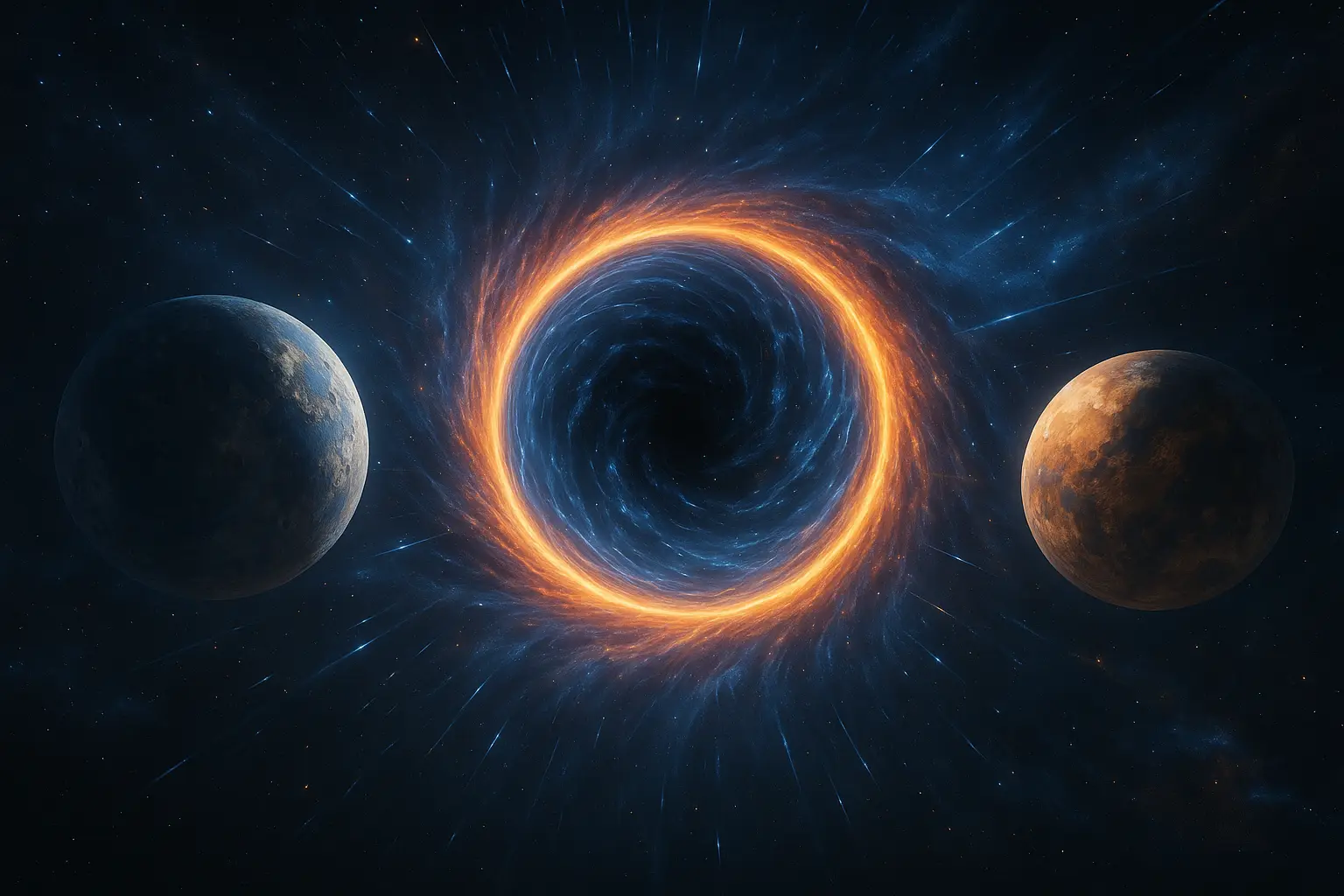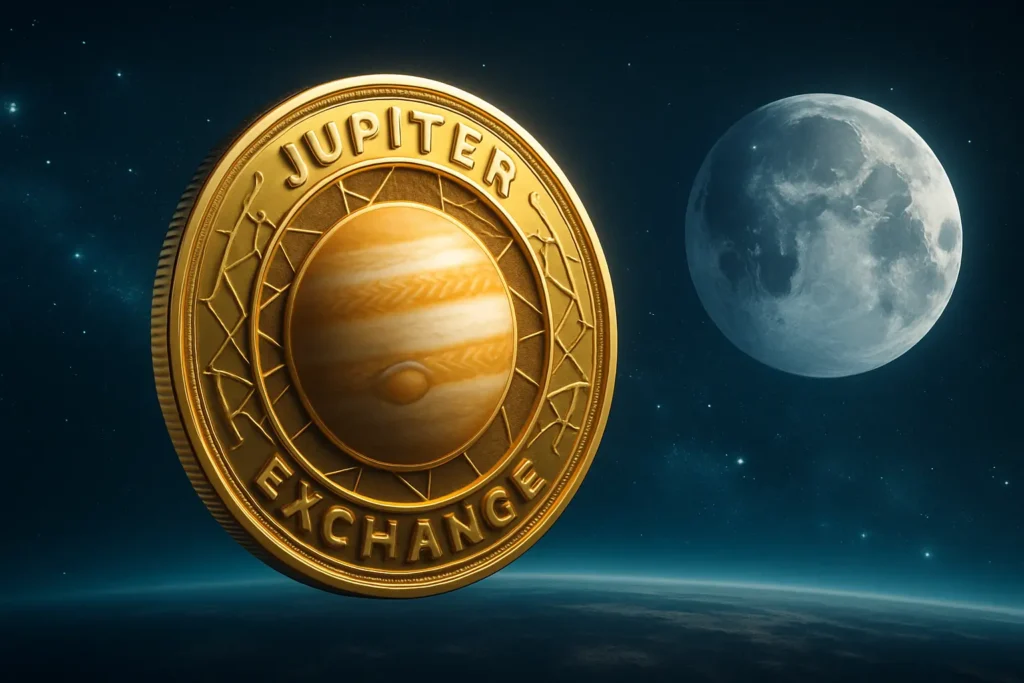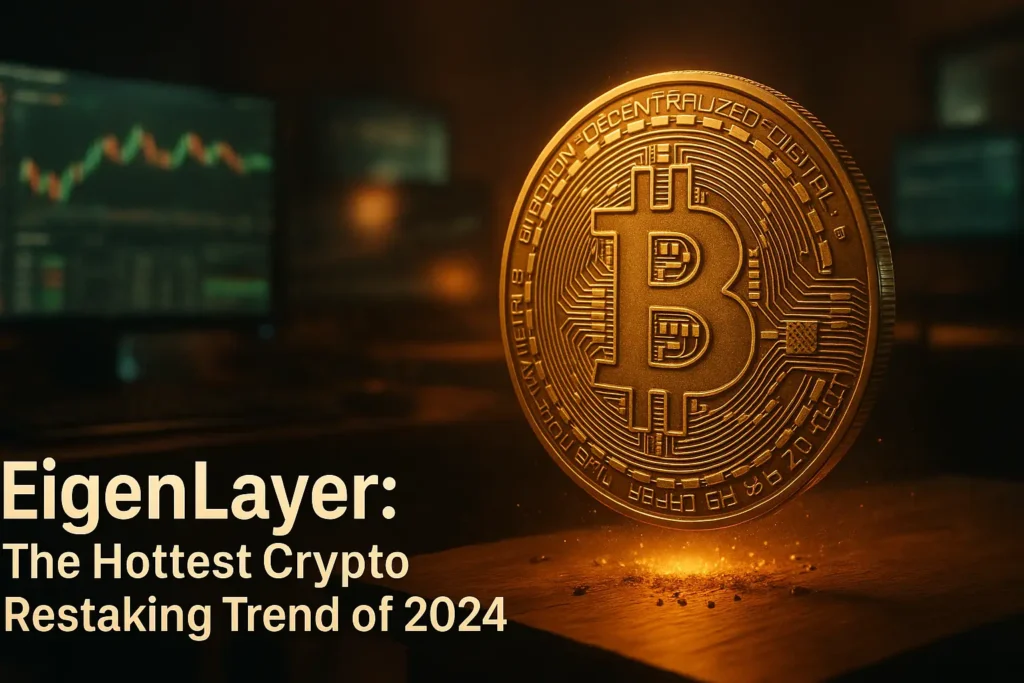Wormhole: The Secret Portal Linking Parallel Universes

Ever wondered if there’s a shortcut through the cosmos? Something that could bypass the immense distance between galaxies or even hop from one universe to another? Scientists and science fiction writers alike have long fantasized about a Wormhole—a theoretical phenomenon that could truly reshape our understanding of reality. In this article, we’ll dive deep into wormholes, their potential to link parallel universes, and what it means for the future of space exploration.
What Exactly Is a Wormhole?
A Wormhole, also known as an Einstein-Rosen Bridge, is a theoretical construct in physics that connects two separate points in the space-time continuum. Imagine folding a piece of paper and poking a hole through — instead of traveling across the paper, you jump from one spot to another instantly. That’s the basic concept.
They’re governed by equations rooted in Einstein’s theory of general relativity, which allows for such exotic solutions but doesn’t yet assert whether they’re physically possible.
Key Characteristics of a Wormhole:
- Can connect distant parts of the same universe or entirely different universes
- Could allow for faster-than-light travel (hypothetically)
- Require ‘exotic matter’ with negative energy density to stay open
Do Wormholes Actually Exist in Nature?
While the math permits wormholes, there’s no empirical evidence that they exist — at least not yet. Various space observations and simulations have tried to reveal signs of such cosmic tunnels, but confirmation remains elusive.
However, many theoretical physicists argue that if we detect exotic matter or signs of quantum gravity, the existence of a Wormhole becomes far more plausible.
Wormholes and Parallel Universes
Now here’s where things get seriously mind-bending. If wormholes can connect not just distant parts of the same universe, but also separate universes entirely, could we one day travel to “alternate Earths” with different histories? Sounds straight out of a science fiction novel — but the math says it could be possible.
How Could It Work?
- Two black holes (or white holes) form a bridge between points A and B
- Energy fluctuations or cosmic events stabilize the tunnel temporarily
- Hypothetical spacecraft navigates through using exotic matter shielding
You may want to check out this Space.com article for complementary explanations from physicists worldwide.
Different Types of Wormholes
| Type | Description |
|---|---|
| Traversable Wormhole | Could theoretically be used for transport; requires exotic matter |
| Schwarzschild Wormhole | Also called an Einstein-Rosen Bridge; not stable enough for passage |
| Lorentzian Wormhole | Fully compatible with general relativity; focus of many studies |
The Role of Wormholes in Modern Physics
In modern theoretical physics and cosmology, wormholes are often discussed as possibilities within quantum gravity research, string theory, and even multiverse theories. They open doors (literally and metaphorically) to understanding what lies beyond our current perception of the universe.
Scientists and Theories Involving Wormholes
- Albert Einstein & Nathan Rosen (Proposed Einstein-Rosen bridges)
- Stephen Hawking (Discussed wormholes in context of time travel)
- Kip Thorne (Explored traversable wormholes in Black Hole research)
Wormholes in Popular Culture
Wormholes have appeared in numerous movies, books, and TV shows. Here are just a few examples where they were central plot devices:
- Interstellar (2014) – NASA scientists use a Wormhole near Saturn to reach distant galaxies
- Stargate – Ancient alien technology creates portals (Wormholes) between planets
- Doctor Who – The TARDIS navigates time and space through vortexes resembling Wormholes
Let’s Get Philosophical: Could Wormholes Be the Answer to Everything?
If Wormholes can exist and function the way theories suggest, they could allow communication or even travel between different timelines, realities, or dimensions. This would redefine physics, causality, and our place in the cosmos.
Potential Implications:
- Instant deep space exploration
- Possibility of time travel (forward and backward)
- Communication across universes or timelines
Realistic Hurdles Ahead
Despite the allure, building or discovering a real Wormhole faces immense challenges:
- Need for undiscovered exotic matter
- Energy requirements that surpass anything currently achievable
- Potential instability causing wormholes to collapse
Still, current experiments in quantum entanglement, black hole physics, and cosmology may one day bring this theoretical dream closer to reality.
A Look Ahead: What’s Next in Wormhole Research?
Quantum scientists are pushing the boundaries right now, especially with experiments simulating wormhole-like behavior in controlled quantum systems. While these aren’t literal portals, they hint at the framework necessary to create real ones someday. Keeping your eye on projects like NASA’s Exotic Propulsion research or CERN’s particle collider advancements may show where we’re headed next.
Final Thoughts
So, are wormholes the key to interstellar—and even interdimensional—travel? While no one can say for sure today, the idea of a hidden cosmic bridge connecting our universe to others is just too fascinating to ignore. Whether you’re a dreamer or a strict realist, wormholes challenge and expand the very foundation of what we know about reality.
What do you think? Could wormholes really connect us to alternate realities? Let us know in the comments, share this article with a fellow space-lover, and don’t forget to explore more mind-bending ideas from the world of science on our homepage.
Quick Summary
- Wormholes are theoretical tunnels in space-time, possibly linking distant places or different universes.
- They are mathematically permitted by general relativity but remain unproven.
- Traversable wormholes would require exotic matter and immense energy.
- They play a significant role in both science








